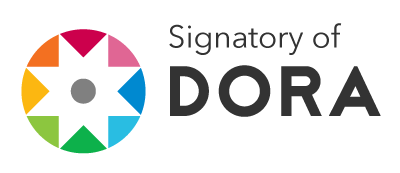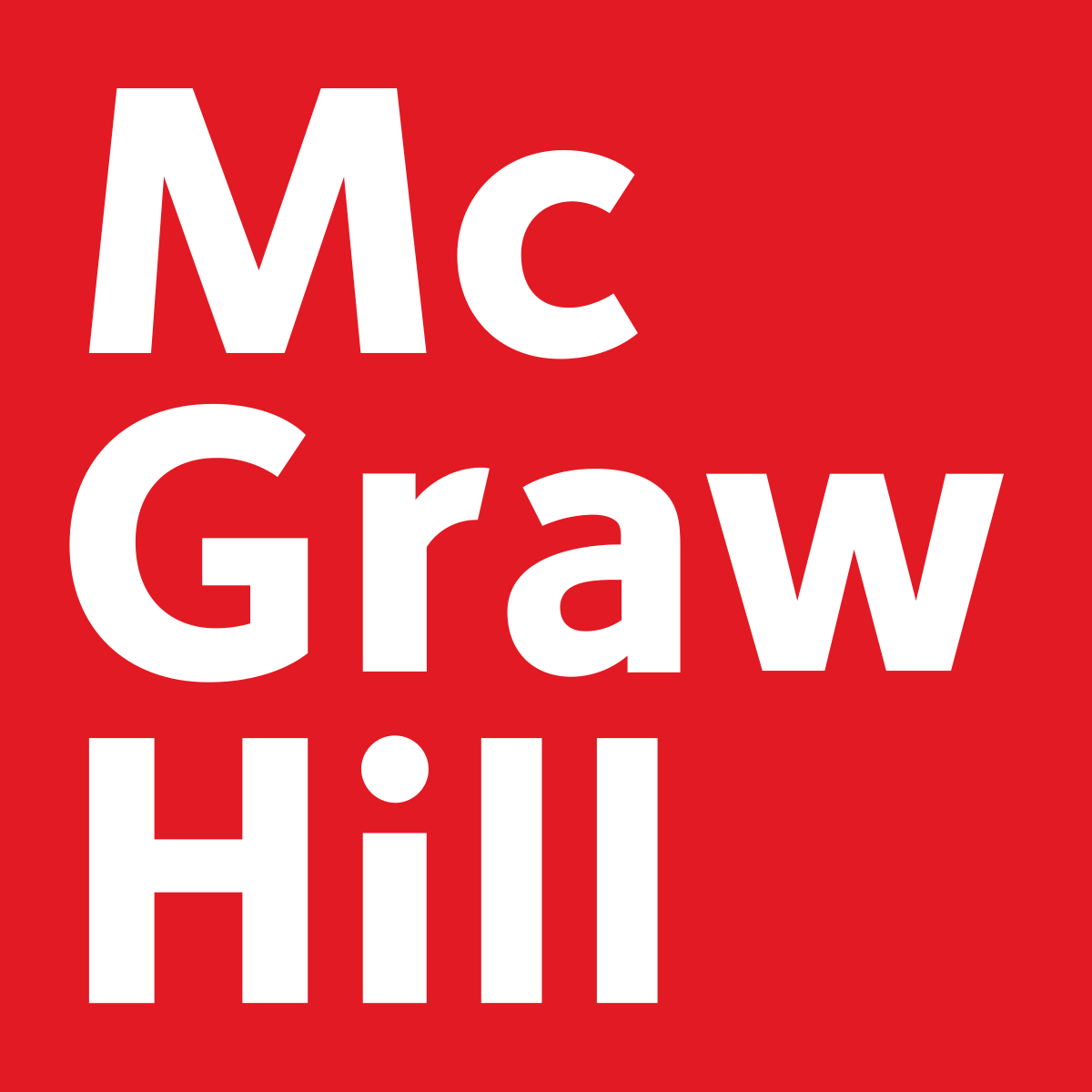Production of Meanings about Linear Systems through the Flow of Electric Current: a Didactic Situation
DOI:
https://doi.org/10.37467/gka-revedu.v3.595Keywords:
Linear Systems, Didactic Situation, Electric CurrentAbstract
The content of linear systems integrates the resolution of many problems, notably in Engineering. Despite its learning starts in previous school years, engineering students have shown deficits meanings necessary for application and later, decision-making to use this mathematical tool in academic-scientific-professional contexts. After the diagnosis of learning linear systems, limited to mechanized calculations off of interpretations that should be associated with the numerical results for these students, we investigated the favor of a didactic situation to deepen this knowledge and to bring to the foreground, the meanings useful for use with greater autonomy in the light of theoretical assumptions of Brousseau. To this end, it was proposed to thirty-six students, organized in groups of two and three members, the study of the flow of electric current in a circuit prepared for them, from which emerged a linear system studied and interpreted by the students through the teaching situation proposal. Qualitative research revealed that all subjects produced advanced school meant for it to be a linear system and their uses, revealing thus a viable didactic situation for the persecuted educational goals.
Downloads
Global Statistics ℹ️
|
343
Views
|
249
Downloads
|
|
592
Total
|
|
References
Anton, H. A., e Rorres, C. (2001). Álgebra linear com aplicações . Porto Alegre: Bookman.
Brousseau, G. (1996). Fundamentos e Métodos da Didáctica da Matemática. In: BRUN, J. Didática das Matemáticas (Trad. de Maria José Figueiredo) (pp. 35-113). Lisboa: Instituto Piaget.
Brousseau, G. (1997). Theory of didactical situations in mathematics: didactique dês mathématiques, 1970-1990. Dordrecht: Kluwer Academic Publishers.
Brousseau, G. (1998). Théories des situation didactiques. Grenoble: La penseé Sauvage.
Carlen, E. A. e Carvalho, M. C. (2009). Álgebra linear: desde o início (Trad. José Rodolfo Souza). Rio de Janeiro: LTC.
Douady, R. (1985). Didactique des Mathématiques. Encyclopedia Universalis, pp.885-889.
Gálvez, G. A. (1996). A Didática da Matemática. In: C. Parra e I. Saiz, Didática da Matemática: reflexões psicopedagógicas (pp. 26-35). Porto Alegre: Artmed.
Lüdke, M. e André, M. E. D. (1986). Pesquisa em Educação: abordagens qualitativas. São Paulo: EPU.
Piaget, J. (1976). A equilibração das estruturas cognitivas: o problema central do desenvolvimento (Trad. de Marion Merlone dos Santos Penna). Rio de Janeiro: Zahar.
Piaget, J. (1990). Epistemologia genética. São Paulo: Martins Fontes.
Piaget, J. (1998). Para onde vai a educação? (Trad. de Ivette Braga). Rio de Janeiro: José Olympio.
Poole, D. (2004). Linear Algebra: a modern introduction. São Paulo: Pioneira Thomson Learning.
Souza, M. A. V. F. de. (2013). Sistemas lineares na Engenharia: conceito, significados e situação didática. Enseñanza de las Ciencias, v.extra, pp.3656-3661.
Souza, M. A. V. F. de e Simmer, L. M. (2013). Sistemas lineares: do ensino médio às engenharias. Acta Latinoamericana de Matemática Educativa, Buenos Aires, Argentina, 27, julho.
Viana, A. (2015). Os mesmos problemas do ensino médio, tudo de novo... Cálculo: Matemática para todos, 5 (50), pp. 14-23.
Downloads
Published
How to Cite
Issue
Section
License
Those authors who publish in this journal accept the following terms:
-
Authors retain copyright.
-
Authors transfer to the journal the right of first publication. The journal also owns the publishing rights.
-
All published contents are governed by an Attribution-NoDerivatives 4.0 International License.
Access the informative version and legal text of the license. By virtue of this, third parties are allowed to use what is published as long as they mention the authorship of the work and the first publication in this journal. If you transform the material, you may not distribute the modified work. -
Authors may make other independent and additional contractual arrangements for non-exclusive distribution of the version of the article published in this journal (e.g., inclusion in an institutional repository or publication in a book) as long as they clearly indicate that the work was first published in this journal.
- Authors are allowed and recommended to publish their work on the Internet (for example on institutional and personal websites), following the publication of, and referencing the journal, as this could lead to constructive exchanges and a more extensive and quick circulation of published works (see The Effect of Open Access).













